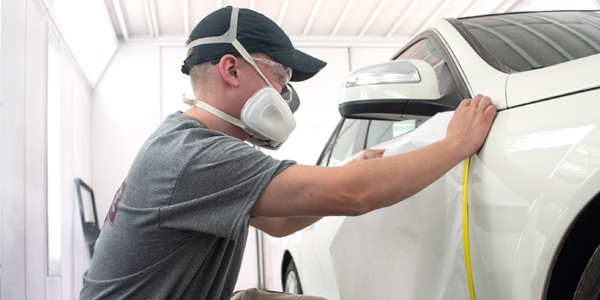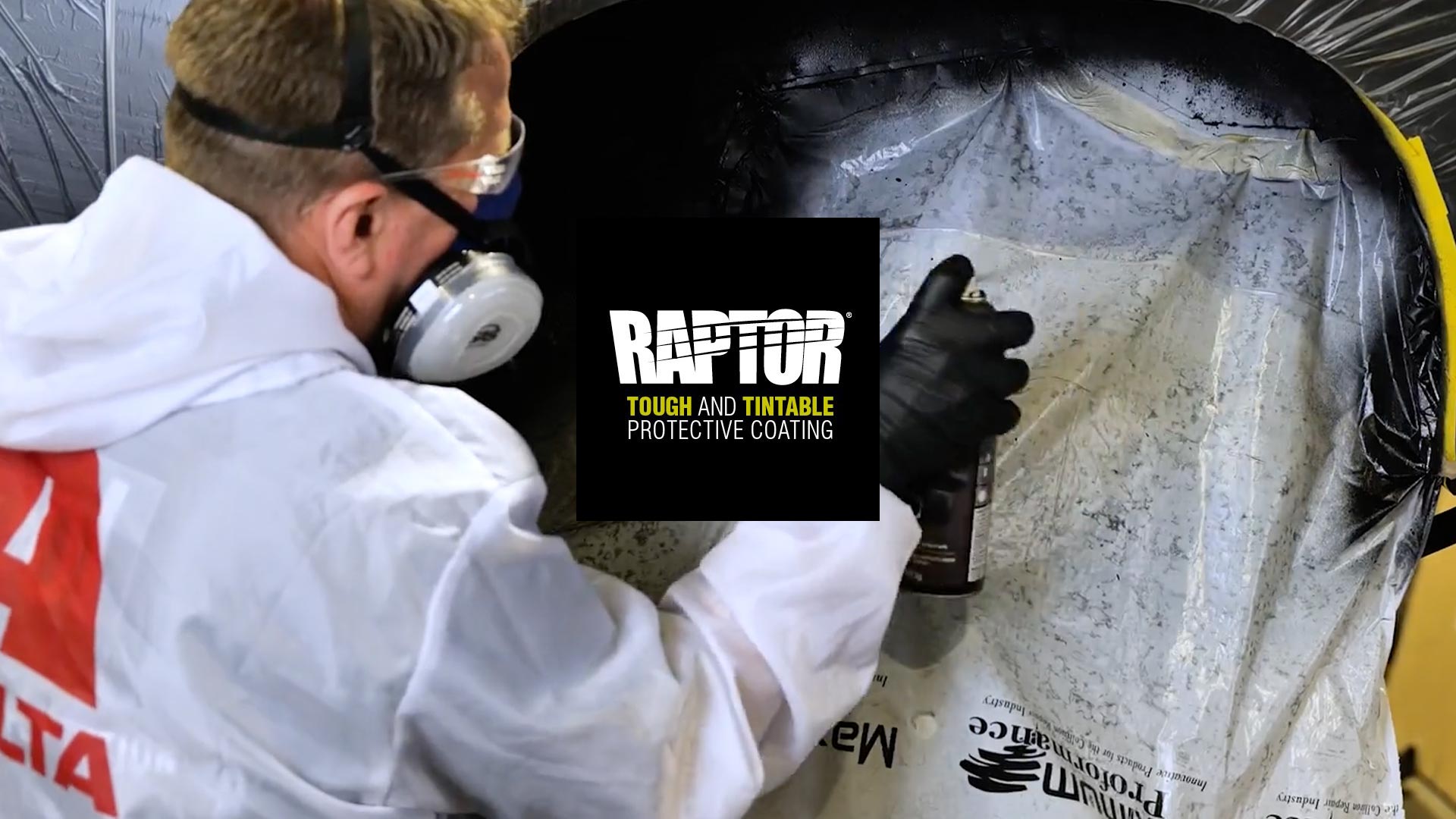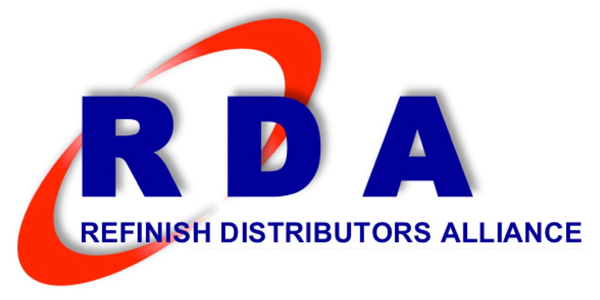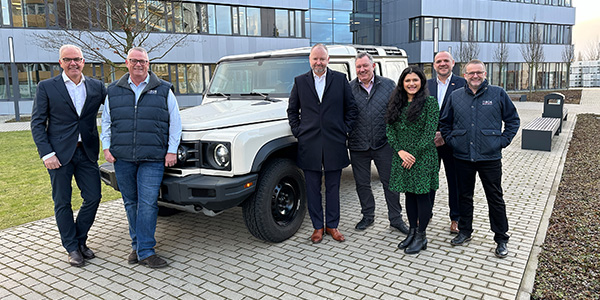A lot goes into collision repair facilities and PBE distributors working together to improve improve processes on both ends. In this series, we’ve looked at the core competencies distributors must develop to deliver value to the collision center/distributor relationship; described the importance of an effective inventory fulfillment process (job No. 1 for a distributor); and talked about the value of reducing paint and material costs to improve profitability and increase facility output. Improving the inventory fulfillment process will reduce unnecessary production interruptions and focus attention on reducing material consumption, thus eliminating waste and redos that will also positively affect paint department output. However, there is an additional, more direct way to increase daily paint department output: the paint booth.
A paint booth is the most valuable piece of real estate in every body shop. Usually consisting of less than 400 square feet, essentially every repaired vehicle must pass through that space before it can be delivered to the customer. It is no wonder that the booth is often considered a “bottleneck.” Or, one of the pinch points in the “Theory of Constraints” that many lean gurus focus on.
Booth Cycle Time
Years ago, we coined the expression “booth cycle time” (BCT) to draw focus on moving vehicles through the paint booth without unnecessary delay.
If you operate a booth nine hours per day (8 a.m. to 5 p.m.) and paint four vehicles, the average BCT is 2.25 hours (9.0 booth operating hours ÷ 4 vehicles = 2.25 hours per vehicle). A good benchmark is 5.0 vehicles per day (or more), or a BCT of 1.8 hours (or less), which is more in keeping with an efficient painting process. This applies to shops with multiple booths as well, calculating the figures on a “per booth” basis. These are averages and do not necessarily apply to individual booth cycles that may consist of parts for multiple ROs or a combination of a vehicle and additional parts to be painted.
Keeping the booth cycle short and maximizing booth output means that only actual spraying and curing operations should be performed while the vehicle is in the booth, and that vehicles move out of and into the booth efficiently. Visualize that there is a string connecting the vehicles: whenever a vehicle is pulled out of the booth, following a short cooldown cycle, another vehicle is simultaneously pulled into the booth. For that to happen, the waiting vehicle (and/or any parts to be painted) must be fully prepped and color mixed and accurately matched.
The key to achieving continuous flow through the booth is to manage the prep process to match the booth cycle. If the goal is to complete four or five vehicles in a nine-hour workday, then the prep process must deliver a fully prepped vehicle to the booth every 108 to 135 minutes.
Improving Paint Department Processes
To maximize booth and paint department output, we recommend focusing on three segments of paint department operation: “first things first,” the three off-line processes and the five online processes.

First things first. These aspects are independent of any specific vehicle or the flow of work. They are the fundamentals that assure that the facility and equipment are clean, organized and ready to process vehicles such as housekeeping, preventative maintenance and having color tools up to date. Two elements, however, deserve further explanation: staffing/skill specialization and scheduling.
While staffing/skill specialization will vary based on the size of the shop and the number of booths, the idea is to keep painters spraying and supporting them with specific individuals focused on prep, edging and vehicle movement. Teamwork is key to high productivity.
While scheduling is challenging to achieve, leveled day-to-day work flow is important. If the goal is five cars per day (i.e. 25 per week), they cannot all be painted on Thursday and Friday. To maximize daily output, it is extraordinarily helpful to paint the first vehicle as early as possible, say 8 a.m., not 9 or 9:30. Prep work and offline processes must facilitate continuous flow to the booth, and work at the end of the day should be staged to facilitate an early start the next morning so a vehicle is ready to enter the booth first thing.
Three offline processes. The three offline processes are supporting processes that should be done separately from vehicle movement so they do not impede work flow in any way. They include repair planning, color mixing and matching, and parts edging. Repair planning assures that both body techs and painters know exactly what needs to be refinished, any non-crash related damage or special instructions regarding blending, blend-within-panel repairs, etc. The color mixing and matching process must be completed before the vehicle gets anywhere near the booth. If a shop edges parts, it should be done immediately when sheet metal arrives and offers the opportunity to mix and match paint for the entire job. Alternatively, many collision centers simply paint all parts off the vehicle before reassembly, eliminating an entire step from the production process.
Five online processes. The five online processes enable a continuous flow of vehicles through the “prep” process to and through the booth. The actions of first things first and the three offline processes serve to support and enable the five online processes:
- Paint department staging. Perform incoming inspection to verify the quality of the body work, review the damage report and any notes on the vehicle regarding needed refinish, and assure that all needed parts and materials are ready.
- Prep. Perform all prep to shop standards, timing completion to the planned booth cycle.
- Booth staging. Quality check, cleaning, final masking, ready to move into the booth as soon as the previous vehicle is removed.
- Paint. Apply sealer if needed, color, clear and bake.
- Cool down/demask. Remove vehicle from booth, perform final inspection and any needed de-nibbing, move to re-assembly area.
The Distributor’s Role
PBE distributor personnel are in a position to learn from dozens of collision repair facilities and observe both best practices as well as problematic ones. Being objective observers, they can see problems that those who are “in the weeds” every day cannot see. They can help measure P&M cost and production KPIs to help shops set goals and stay on track.
Distributor technical personnel should prioritize their efforts to conduct proactive training and coaching, not simply fix problems after the fact. Painters should be enabled to troubleshoot and solve routine problems, leaving distributor and manufacturer personnel time to train and advise. This will likely include paint manufacturer certification, assistance with OSHA and environmental compliance, best practice audits and holding an objective mirror on the facility and process.
Distributors supply booth filters, booth coating systems, desiccant canisters, air hoses, regulators, spray guns, dustless sanding equipment, paint suits, respirators and other safety equipment that must be serviced on a scheduled basis so they positively contribute to a productive operation.
Next month, we will discuss the reality of “value-added” programs offered by manufacturers and distributors and the virtue of information transparency.
John Halstead is director of business support for the Refinish Distributors Alliance (RDA), a group of 18 independent PBE distributors across North America focused on delivering value to its collision industry customers and other refinishers. He has spent 27 years in leadership positions in the PBE industry with Superior Auto Paints, ProFinishes PLUS and National Coatings and Supplies. He also served for 12 years as a consultant, thought leader and training content developer for Collision Management Services in support of BASF, Toyota Motor Sales and numerous other collision groups. His prior background includes an MBA and 12 years with The Carborundum Company. He can be reached at [email protected]. To learn more about RDA, visit www.rda-impact.com.














